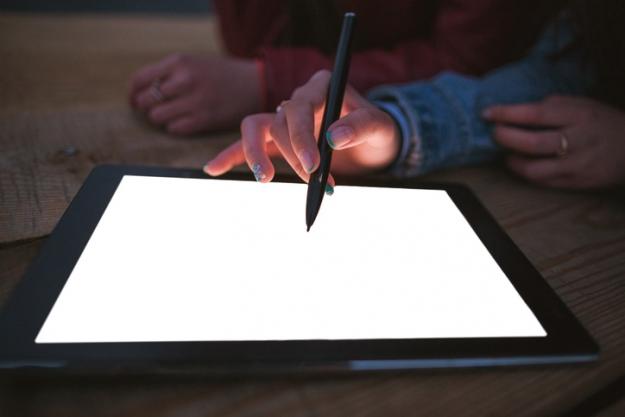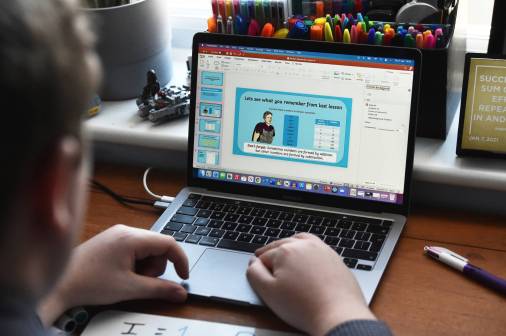Digital tools can transform, not just replicate, the teaching and learning experience

As a growing number of school districts are turning toward digital tools to support teaching, it’s important to ensure that these tools are adding value by transforming learning experiences. The SAMR (substitution, augmentation, modification, redefinition) model and TPACK (technological pedagogical content knowledge) model can help schools as they transition to using more digital tools.
In a recent edWebinar, Michelle Luhtala, library department chair at New Canaan High School in Connecticut, reviewed these models and discussed apps that can take teaching, learning and reading to the next level.
The SAMR model determines the level of technology integration of a tool: substitution, which doesn’t add value; augmentation, which adds a few features with only a little improvement; modification, which redesigns some structures; and redefinition, which allows the creation of new tasks and is the ultimate learning goal. Transformation in how educators are teaching and how students are understanding content happens in the modification and redefinition parts of the model.
The TPACK model helps educators fuse their technological knowledge, content knowledge, and pedagogical knowledge, and use the heart of that to support their teaching as they begin to use digital tools.
In order to really transform the learning and reading experience through these models, students need to become engaged by interacting and working with the text, and digital tools can help accomplish this.
CommonLit has a collection of publications to offer students in which the educator can embed questions and collect data on responses to better personalize the learning going forward. InsertLearning, a Chrome extension, allows educators to embed questions and discussions directly into websites for students to review and respond to.
Other apps can achieve transformative learning while ensuring accessibility for all learners. With Kami, you can create handouts by annotating with text, audio or video. Rewordify can help students transition to using more sophisticated text. After pasting a piece of text into Rewordify, the app will change the more advance words in the text to something more accessible for students.
MackinVIA’s Classroom allows educators to create a collection of digital content for students; build assignment around it; and share the collection, or an individual book, with the classroom. Students can also highlight text, make annotations, and save these to Google Drive.
Using digital tools like these — tools that tap into the full potential of learning technologies — students are not just reading text, they are interacting with it, creating a transformed learning and reading experience.
“We’re talking about improving the experience, improving reading comprehension, adding instruction to the text, allowing students to respond to the text and participate with the reading,” said Luhtala.
About the Presenter
Michelle Luhtala is the Library Department Chair at New Canaan High School in Connecticut and was one of five school librarians named as a “Mover and Shaker” by Library Journal in 2015.
Join the Community
Emerging Tech for Schools and Libraries is a free professional learning community where school librarians, teachers, and administrators can explore all the ways to integrate technology and 21st century learning into school library programs.
The recording of the edWebinar can be viewed by anyone here.




